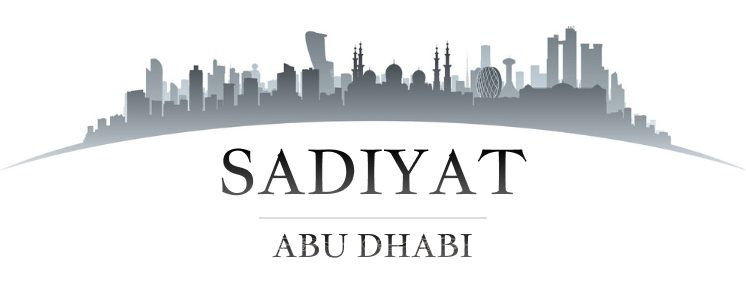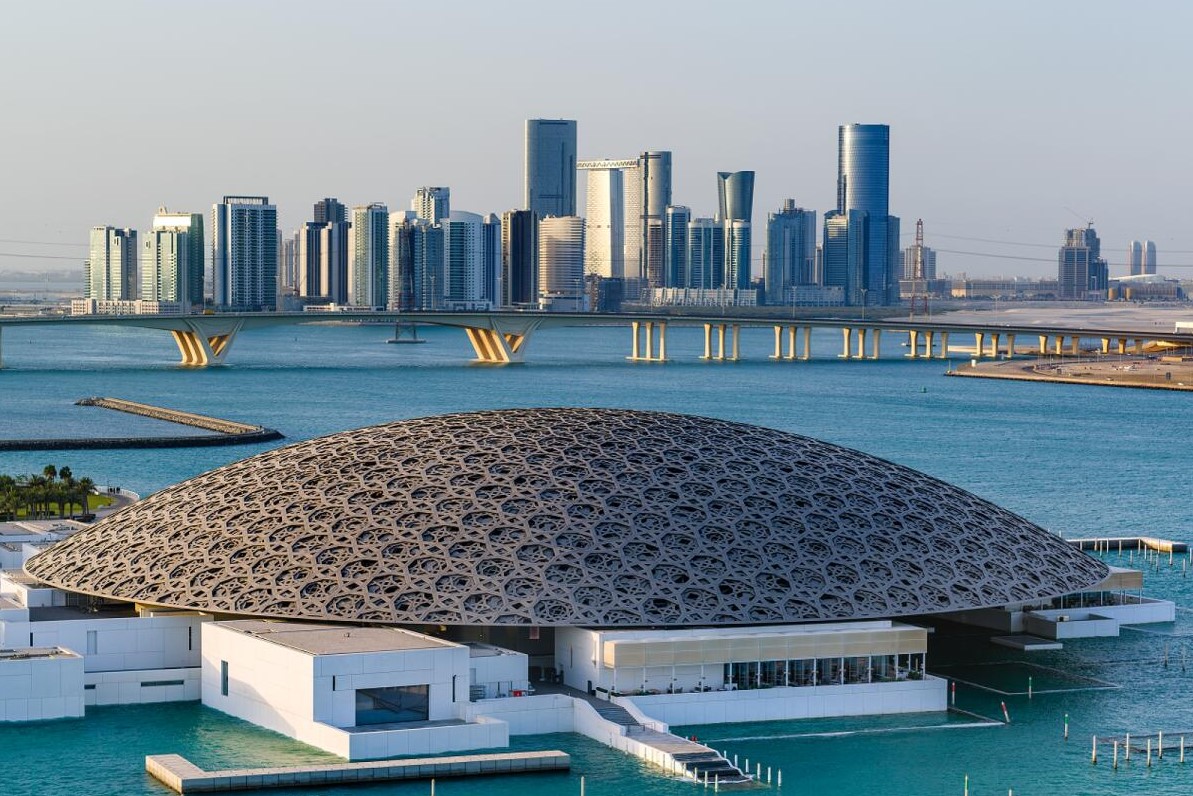The Louvre Abu Dhabi emerges as a beacon of cultural harmony and artistic innovation on the shores of Saadiyat Island, United Arab Emirates. As a symbol of cross-cultural collaboration, it stands not only as the largest art museum on the Arabian peninsula but also as an architectural marvel that encapsulates the essence of global unity through the arts. This prestigious project, underpinned by a groundbreaking agreement between the UAE and France, allows the museum to use the Louvre name until 2037, marking it as “France’s largest cultural project abroad.”
Location and Vision
Situated within the ambit of a US$27 billion cultural and tourist development plan for Saadiyat Island, the Louvre Abu Dhabi is part of a grander vision. This vision includes the creation of a cultural district that will eventually house other monumental projects like the Guggenheim Abu Dhabi, the Zayed National Museum, and a performing arts centre designed by Dame Zaha Hadid. The museum’s strategic location and its accompanying cluster of cultural institutions aim to transform the island into an international arts capital.
A Historical Collaboration
The concept of the Louvre Abu Dhabi was first proposed to the French government by the UAE in 2005, sparking a series of discussions that culminated in a formal agreement in March 2007. This partnership was a testament to the mutual desire for cultural exchange and the sharing of art and knowledge. The selection of Jean Nouvel, renowned for his design of the Arab World Institute in Paris, as the architect for the museum further solidified the project’s ambition to blend Eastern and Western artistic traditions.
Design: A Museum in the Sea
Jean Nouvel’s vision for the Louvre Abu Dhabi was to create a “seemingly floating dome structure,” under which rays of sunlight filter through, mimicking the effect of sunlight passing through date palm fronds in an oasis. This architectural masterpiece spans approximately 24,000 square meters, with 8,000 square meters dedicated to galleries. Its innovative design not only provides a unique environmental solution but also serves as a metaphor for the museum’s mission to illuminate the shared human experience through art.
The Collection: A Global Perspective
The Louvre Abu Dhabi’s collection reflects its commitment to bridging the gap between Eastern and Western art. With artworks from around the world, the museum showcases pieces that span across civilizations, periods, and cultures, emphasizing the universal themes and connections that exist within the global artistic heritage. Notable for its inclusivity, the collection includes significant loans from French institutions, ensuring a diverse and dynamic exhibition space.
Inauguration and Legacy
Officially inaugurated on November 8, 2017, by notable figures including French President Emmanuel Macron and Crown Prince of Abu Dhabi, Mohammed bin Zayed Al Nahyan, the museum opened to public acclaim. Its success is evident in the visitor numbers, with the museum attracting 2 million guests by 2019, becoming the most visited museum in the Arab world. The Louvre Abu Dhabi not only serves as a cultural landmark but also as a pivotal platform for international dialogue, understanding, and peace through the universal language of art.
As the Louvre Abu Dhabi continues to evolve, it remains a testament to the power of collaboration across nations, cultures, and histories, firmly establishing itself as a pinnacle of cultural achievement and a bridge connecting the myriad facets of human creativity.

Hiking enthusiast and passionate traveler with a deep love for the rugged mountains of Fujairah, I currently reside in the vibrant city of Abu Dhabi, where the beauty of Saadiyat Districts never ceases to amaze me. With a professional background as a remote programmer for MicroTech Ind., I combine my knack for technology with my interests in design and mathematics to tackle challenges and contribute to the world of IT. My journey is guided by the belief that embracing adventures and challenges is the key to growth and discovery.

